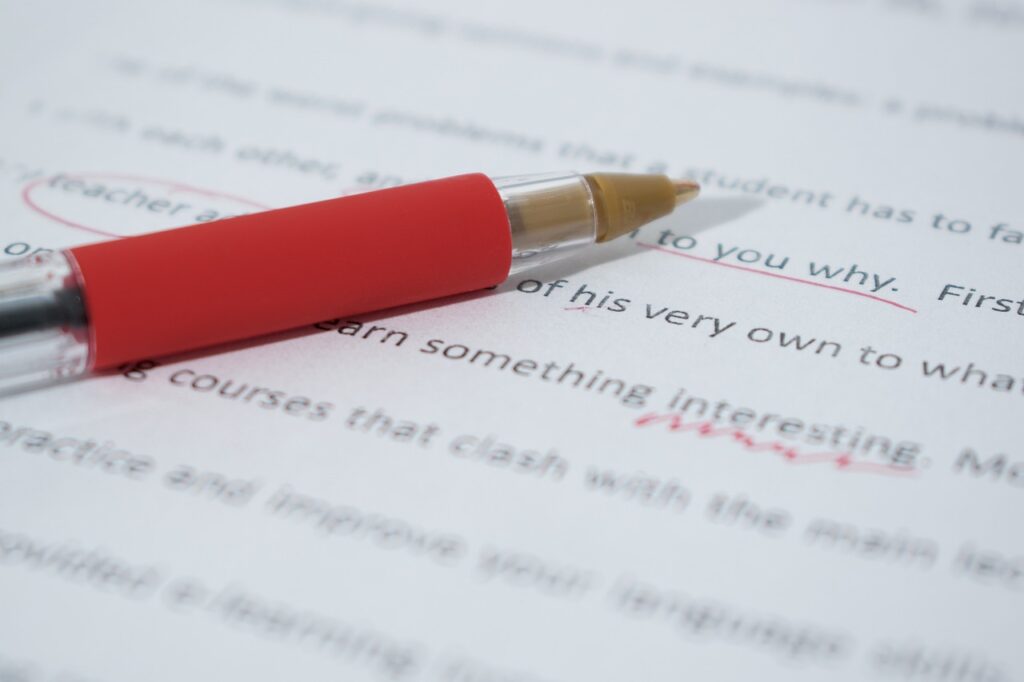By Ms Koh
It is always satisfying to read a good story that makes the reader yearn for more. Yet, we see many students struggle with writing. In fact, some are so intimidated by it that they dread the piece of work. By following some simple steps coupled with practise and feedback, we believe students can slowly build their confidence in writing and score well while enjoying the process of creating that piece of work.
1. Follow the structure
We like to liken the process of storytelling to climbing a mountain, where one first starts with an introduction to the background of who, what, when to set the context. Thereafter, one goes into the rising action, which is where the problem occurs (eg. the main character did not study for an examination). The climax describes the peak of the story where the main character is at the point of having to make a decision (eg. the main character realises that he can clearly see the script of the candidate seated in front of him). Once he makes a decision, we write about the falling action or the ‘solution’ to the problem (eg. the main character decides to peep and note the answers, OR the main character decides to bear the consequences of not studying for the examination the previous night). But that’s not the end – we write about the resolution or conclusion, where we describe the consequences, lessons learnt and reflections of the protagonist.
2. Draft an outline
He who fails to plan is planning to fail. – Winston Churchill
It can be tempting to start writing the introduction immediately once you receive the question paper. After all, the adrenaline rush of the examination and the fear of time running out makes one jittery. Yet, we cannot emphasize the importance of making a plan, however simple, to guide one in the story-telling process. This also helps guide students on the amount of time they have for each paragraph or each component of the writing, to ensure that they can complete the entire story. We also like to quickly jot down some vocabulary words and phrases that we plan to use in the story so that we don’t forget to incorporate them into the story!
3. Show, not tell
Students are often taught this in school, but few truly understand the meaning of the phrase ‘Show, not tell’. By showing, we often make use of our five senses – sight, hearing, smell, taste and touch.
Imagine this: A class of thirty students rushed to the canteen after Physcial Education lesson.
Now try this:
Sight – The students made a beeline for their favourite snack stall, yakking away boisterously.
Hearing – The bell echoed through the hallway, signalling the start of the recess break.
Smell – The stench of their perspiration could be smelt miles away.
Taste – As I gobbled down the piping hot fried rice, I could not help but to be reminded of my mothers’ cooking. Delish!
Touch – Jostling my way through the crowd, I felt a gentle tap on my shoulder.
Doesn’t it make the scene at recess more vivid to the reader?


We hope you have benefited from these tips, and try them in your next piece of writing. If you are looking at ways to understand and practise these tips, we offer Primary Creative Writing classes as well as a special workshop in November just to help you out! Contact us at 8923 4275 to find out more!


Hello learningsphere.co owner, Thanks for the informative and well-written post!
You’re welcome! Thank you for your support!